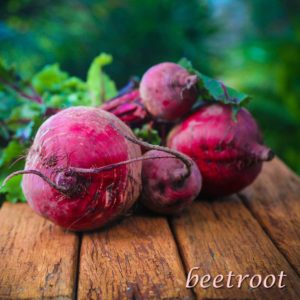Using Carrier Oils in Aromatherapy
Edited: November 13, 2022

It is a general rule in Clinical Aromatherapy that applying pure essential oils without a carrier, is unsafe practice. The well-trained Clinical Aromatherapist is aware that there are a few exceptions to this rule, but even ‘safe’ oils like Melaleuca alternifolia (tea tree) and Lavandula angustifolia (lavender) can trigger a lifelong sensitivity. This highlights the importance of using essential oils under the guidance of a professionally trained Clinical Aromatherapist.
Therapeutic Essential Oils are Powerful.
Any essential oil could cause an allergic reaction if applied undiluted. For those interested in reading more about these dangers Marge Clark writes about her own ongoing personal battle with dermatitis following exposure to lavender oil in her book Essential Oils and Aromatics.
Using Carrier Oils.
Safe practice means treating essential oils with respect and diluting them with a carrier oil: so-called because they carry the essential oil onto or into the skin. All carrier oils are easily absorbed, have a mild or no aroma and are non-volatile. These oils nourish the skin and tissues and if chosen carefully enhance the healing properties of the essential oils.
With the wide range of non-volatile plant oils available, it is surprising to discover that many aromatherapists limit themselves to using grape seed or almond oils. Your choice of carrier oil can make a significant difference in the therapeutic properties, colour, aroma and even the shelf life of your final product. Unlike essential oils, carrier oils can go rancid over time which is why the clinical aromatherapist will generally create the bespoke oil or lotion for each client. You might choose an unscented carrier (like grape seed), lightly scented (such as coconut and jojoba) or more heavily scented (olive and argan for example) – each carrier oil bringing its own unique properties to the blend.
Essential oils are generally diluted at 2% by volume with the carrier oil for adults and at 1% for children and elderly clients. Following these guidelines should ensure safe topical application of most oils although treatment of children and elderly clients should always be undertaken with utmost care and requires specialised education and training. Higher concentrations can be used – up to 10% with some essential oils – but it is important to understand the potential risks involved. Here the professional Clinical Aromatherapist once again relies on their understanding of the chemical properties of both essential oils and carrier oils and the ways in which they interact.
Carrier oils also have cautions and contra-indications for use and so again should be used under the guidance of a Clinical Aromatherapist. E.g. Hypericum should not be used for clients who are taking certain antidepressants and nut oils should obviously never be used with people who have a nut allergy.
Choosing Your Carrier Oils.
Carrier oils should be cold-pressed and as unrefined as possible, meaning that they retain their aroma and are uncontaminated by bleaches or deodorisers. Some, like jojoba, are actually a form of wax and are useful when overproduction of sebaceous oils is a problem (as in acne). Others, like coconut and olive oils, contain fatty acids, polyphenols and plant sterols which feed and moisturise the skin. Some macerated carriers are either too viscose or too expensive to be used as 100% main carriers and therefore can be added to your main carrier at 25% of your carrier blend.
Whether they are nut oils, seed oils or from other vegetable sources, understanding the constituent elements and effectiveness of each oil enables us to choose exactly the right one as a carrier for each individual application.
Experiment With Different Carrier Oils
Delve into the exciting world of carrier oils and broaden your knowledge as to how they can create balanced and healing massage blends for your clients. Whether using avocado or sweet almond, black cumin seed or tamanu oils, every carrier oil has something unique to offer the professional aromatherapist in their practice.
 Accredited school
Accredited school
